Best Stocks to Buy Now
Our list of the best stocks to buy now reflects the lesson of the past few years: Be ready for anything.


Kiplinger's annual investing outlook, which includes the best stocks to buy, has been a feature for our readers since 2012.
As executive editor for Kiplinger's Personal Finance Magazine, I have authored the piece since then, surveying the stock market and economy and synthesizing my findings into key takeaways.
That's no small task, given the broad and dynamic nature of the market. Along with conducting plenty of research, I rely on my experience to draw out the most important trends and likely winners for the best stocks to buy.
I've covered this story for over a decade now, but I've been an investing writer for far longer. I've seen investors through a lot of bull markets and bear markets.
How you can choose the best stocks to buy
When investors are attempting to find the best stocks to buy now, they should look beyond factors such as company size (small-cap stocks and large-cap stocks, for instance) or investing style (such as growth or value) and search for stocks of companies with consistent profits, good cash flow and other indicators that reflect quality.
"If a company generates more cash than it needs to run its business, it can do a number of useful things with it, such as pay dividends, buy back its stock, acquire other companies, expand its business and knock out its debts," writes Kiplinger contributor Will Ashworth on the importance of good cash flow.
While Kiplinger's outlook provides context and advice related to general market trends, it's important for individual investors to consider their own risk tolerance and time horizon when deciding what works best for them and their financial goals.
With that in mind, here are seven of the best stocks to buy now.
Data is as of November 6.

Best stocks to buy
When assembling this list of Kiplinger's best stocks to buy, we sought out high-quality companies that boast solid fundamentals such as strong earnings and revenue growth as well as free cash flow.
Free cash flow is the money left over after operating expenses and spending on assets.
Additionally, many of the names featured here can be considered some of the best value stocks as measured by their forward price-to-earnings (P/E) ratios.
The names on our list of the best stocks to buy vary by size and industry and are not meant to make up a diversified portfolio.
But all, for one reason or another, are well positioned to benefit over the next 12 months.
Company | Ticker symbol |
|---|---|
Becton, Dickinson | BDX |
Fiserv | FI |
Goldman Sachs | GS |
Kenvue | KVUE |
Lam Research | LRCX |
Spotify Technology | SPOT |
Vertiv Holdings | VRT |
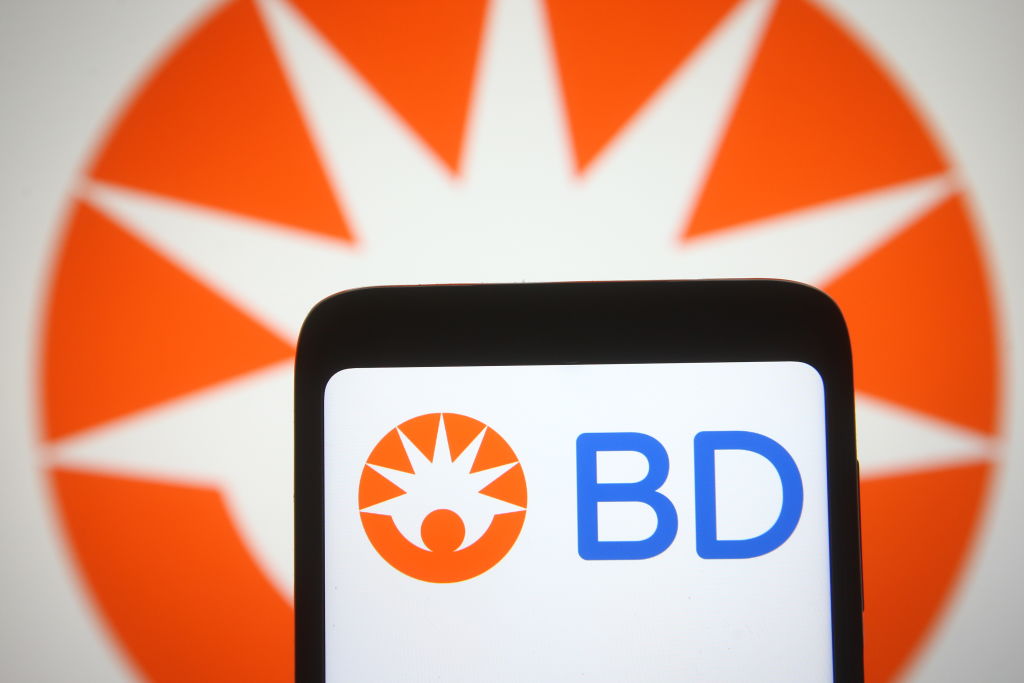
Becton, Dickinson
- Sector: Health care
- Market value: $50.9 billion
- Dividend yield: 2.4%
Becton, Dickinson (BDX) makes single-use surgical products that are replaced regularly.
Morningstar analyst Alex Morozov says approximately 85% of the company's revenue is recurring. Think of the old analogy of blades providing the ongoing revenue stream for razor manufacturers.
Becton, says Morozov, is "a $40 billion-plus business of different blades."
That diversity has helped. While medical-device peers saw declines in their businesses over the past year, Becton's was stable, albeit flat.
At current prices, the health care stock trades at 12 times 2025 expected earnings – a discount to its historic price-earnings ratio and compared with its peers.
Analysts expect earnings to grow 4.0% in fiscal 2026 compared to fiscal 2025. The shares yield 2.4%.
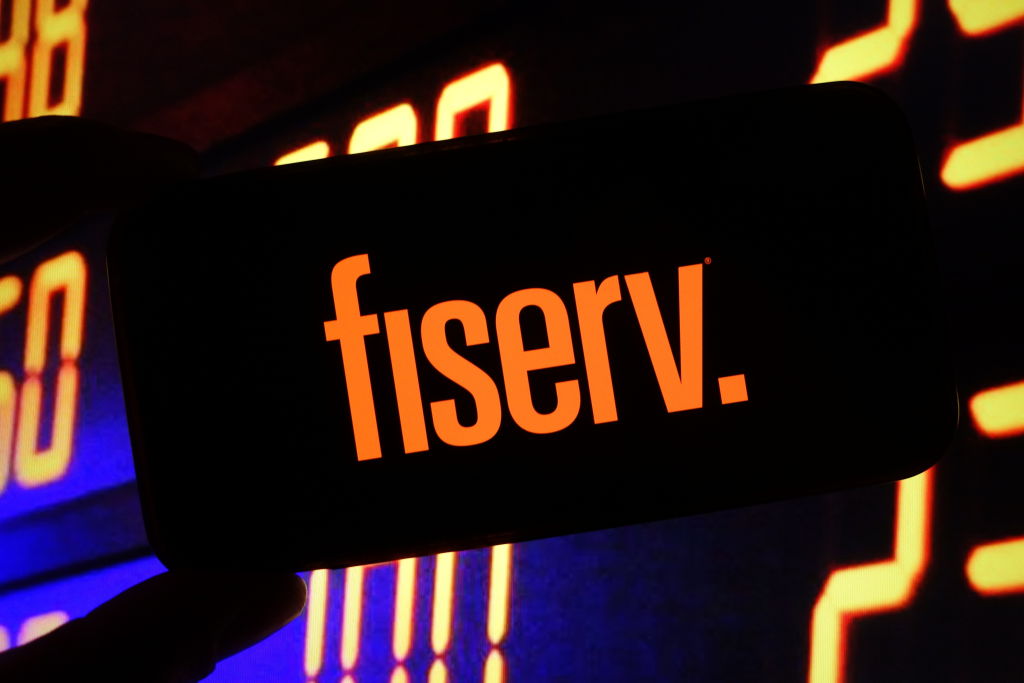
Fiserv
- Sector: Financials
- Market value: $33.1 billion
- Dividend yield: N/A
Fiserv (FI) provides information-management and e-commerce systems for the financial services industry.
Shares are down 68.5% over the trailing 12 months, and Wall Street has grown cautious the stock. At an average 12-month target price of $100.16 based on 28 estimates, analysts see upside of nearly 63%. But it won't be a straight line higher from here.
Indeed, Argus Research analyst Stephen Biggar cut his rating on FI to Hold from Buy and removed his 12-month target price after the company badly missed third-quarter expectations and sharply lowered full-year guidance.
Fiserv reported earnings of $2.04 per share, down from $2.30 a year ago and well below a consensus estimate of $2.65. And management said 2025 EPS will be $8.50 to $8.60, down from $10.15 to $10.30, on organic revenue growth of 3.5% to 4.0%, down from a prior forecast of 10%.
Fiserv attributed recent weakness to "current conditions in Argentina, the recalibration of assumptions embedded in our original guidance, all necessary investments and the de-prioritization of short-term initiatives."
"Considerable confidence will need to be rebuilt in the company’s growth story," Biggar writes, "before the shares can recover."
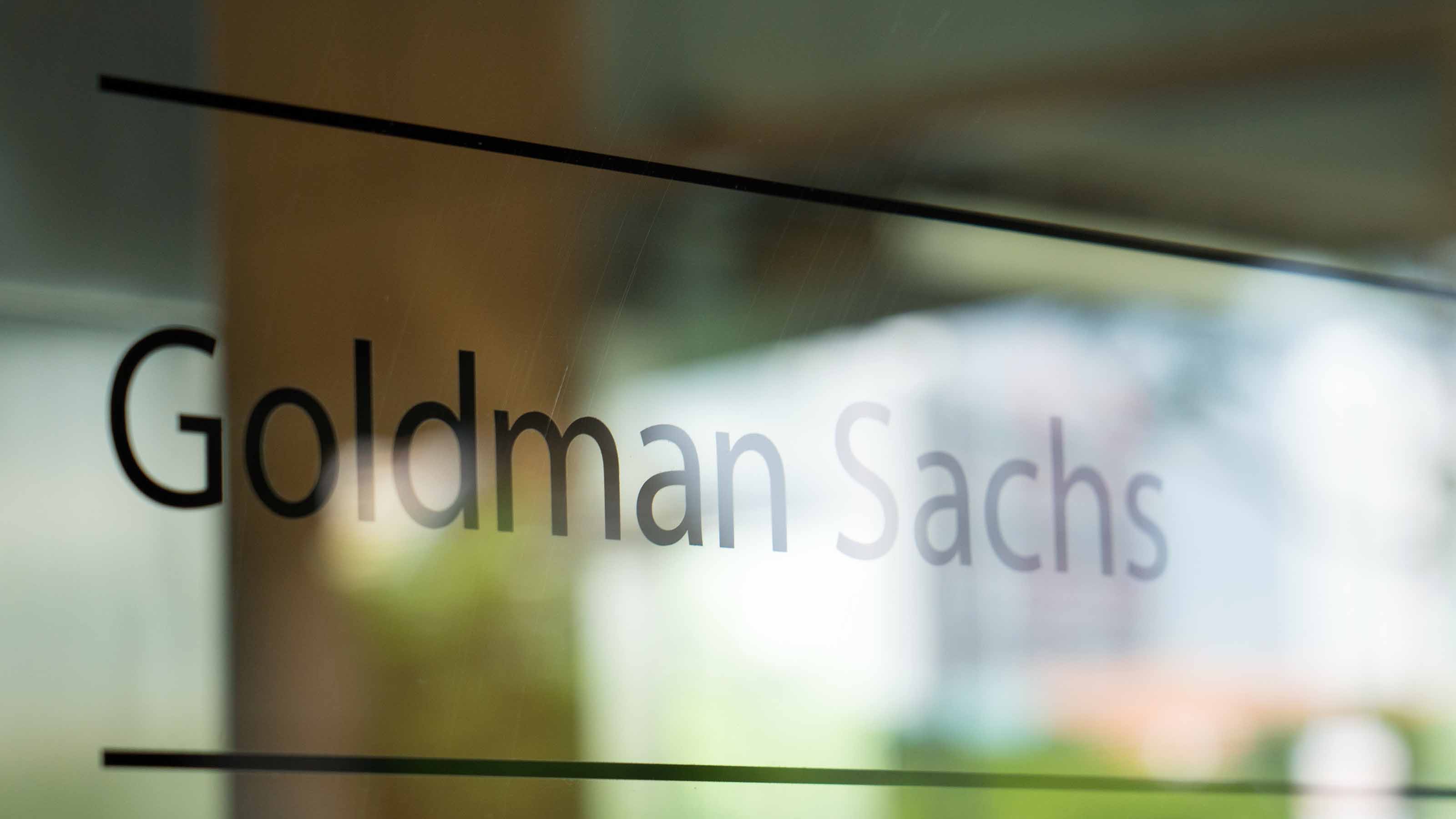
Goldman Sachs
- Sector: Financials
- Market value: $236.3 billion
- Dividend yield: 2.0%
Investment banks did well in 2024, but 2025 "will be even better," says Jay Hatfield, manager of InfraCap Equity Income Fund ETF, thanks in part to an expected increase in initial public offerings (IPOs).
That was before tariff-related uncertainty started to take its toll on markets and forecasts for economic activity.
But Goldman Sachs (GS) has other pluses, including a growing wealth management business that pulled in record fees in 2024. And assets rose to a new high of $3 trillion.
Robust results have pushed the shares up more than 53% over the past 12 months, with gains accelerating along with the broader market in the post-Liberation Day rally.
And the blue chip stock trades at 16 times 2025 expected earnings, in line with its five-year average. Analysts expect annual earnings growth of 20% in 2025, and the stock yields 2%.
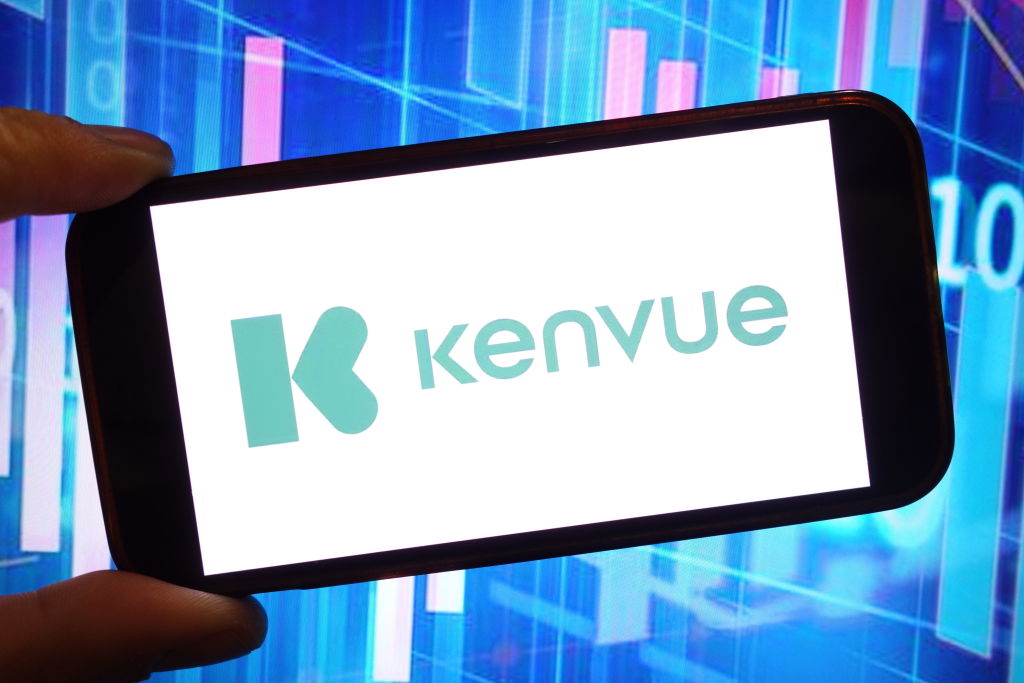
Kenvue
- Sector: Consumer staples
- Market value: $31.5 billion
- Dividend yield: 5.1%
On November 3, after Kenvue (KVUE) stock suffered a steep decline in the aftermath of public statements by Secretary of Health Robert F. Kennedy Jr. and President Donald Trump linking acetaminophen, the pain relief medication Kenvue markets as Tylenol, to autism, the company announced it would be acquired by Kimberly-Clark (KMB) for $48.7 billion.
Spun off from Johnson & Johnson in 2023, Kenvue's brands include Band-Aid and Neutrogena as well as Tylenol. The consumer staples stock was trading at just 16 times expected 2025 profits, "mispriced for the portfolio they have," says T. Rowe Price Value fund manager Ryan Hedrick.
KVUE shareholders will receive $3.50 a share in cash as well as 0.14625 KMB shares per KVUE share for a total of $21.01, based on KMB's closing price of $119.71 on October 31.
"There's an opportunity to improve growth, particularly in skin care," Hedrick says, noting that Kenvue's beauty line should benefit from being out of the shadow of a big pharmaceutical firm.
The analyst sees revenue growth of 3% to 4% a year and earnings growth of 6% to 8%. The stock yields 5.1%.
"There's reason to believe this stock will be a better version of itself over time," says Hedrick. And now all those potential benefits will accrue for KMB shareholders, assuming the deal is approved.

Lam Research
- Sector: Technology
- Market value: $203.7 billion
- Dividend yield: 0.6%
Shares in Lam Research (LRCX), which makes semiconductor manufacturing equipment, has recovered from a slide caused by imposition of U.S. curbs on exports of chip technology and worries stemming from poor results from a big competitor.
The pullback provided a nice entry point for investors seeking out the best stocks to buy.
"Artificial intelligence will continue to fuel demand for semiconductors, and everything is becoming more and more digital," says John Buchanan, editor of The Prudent Speculator.
Analysts expect double-digit earnings growth in both 2025 and 2026.
And one of Wall Street's best stocks to buy trades at 34 times expected 2025 profits – a discount to the typical maker of semiconductor wafer fabrication equipment.

Spotify Technology
- Sector: Communication services
- Market value: $127.5 billion
- Dividend yield: N/A
Spotify Technology (SPOT), a leading DJ of America's playlists, is spinning into profitability in 2025.
The independent music streamer is no longer a "top pick" from Morgan Stanley Research after SPOT's stock price more than doubled in 2024.
The company flexed in big ways: raising prices after years of holding them effectively flat; realizing savings after a headcount reduction in 2023; and unlocking earning power by launching audiobooks and offering a bundled service.
Morgan Stanley analyst Ben Swinburne recently reiterated his Overweight rating on SPOT and his $800 12-month target price, implying upside of nearly 30% from its recent closing price.
Swinburne said subscription price increases, the impact of AI and new content can drive revenue growth. "Having added significant value to its free and Premium tiers," the analyst concludes, "Spotify in our view kicked off a new pricing cycle this fall and is poised to accelerate growth into next year."
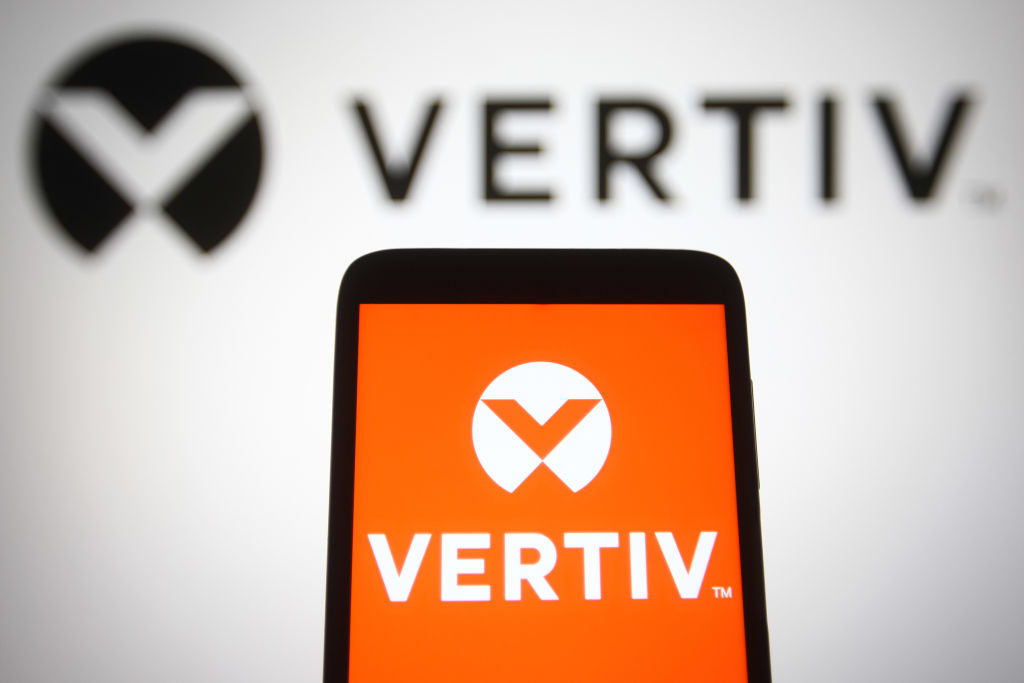
Vertiv Holdings
- Sector: Industrials
- Market value: $70.0 billion
- Dividend yield: 0.1%
Vertiv Holdings (VRT) is an industrial firm specializing in digital infrastructure and also makes components to keep big data centers and AI computers operating.
Vertiv offers a fluid management system via a liquid cooling loop that includes components such as heat rejection units (cooling distribution units, heat exchangers, chillers) as well as sensors and controls, explains UBS analyst Amit Mehrotra.
Its systems are more effective than others that just blow cold air, using less electricity and allowing computers to be packed more densely together.
Microsoft's (MSFT) introduction of a new cooling system that could eliminate the need for cold plates by bringing liquid coolant directly into the silicon is not a significant threat to Vertiv, which is not in the cold plate business, as Mehrotra explains.
And a new partnership with Nvidia (NVDA) should drive significant revenue and profit growth for one of Wall Street's best stocks to buy.
Vertiv shares sold off in early 2025 after soaring in 2024 and now trade at 44 times expected 2025 earnings. Mehrotra's 12-month target for the stock is $201, implying upside of 10%.
Note: These stock picks first appeared in Kiplinger's Personal Finance Magazine, a monthly, trustworthy source of advice and guidance. Subscribe to help you make more money and keep more of the money you make here.
Related content
Profit and prosper with the best of Kiplinger's advice on investing, taxes, retirement, personal finance and much more. Delivered daily. Enter your email in the box and click Sign Me Up.

Anne Kates Smith brings Wall Street to Main Street, with decades of experience covering investments and personal finance for real people trying to navigate fast-changing markets, preserve financial security or plan for the future. She oversees the magazine's investing coverage, authors Kiplinger’s biannual stock-market outlooks and writes the "Your Mind and Your Money" column, a take on behavioral finance and how investors can get out of their own way. Smith began her journalism career as a writer and columnist for USA Today. Prior to joining Kiplinger, she was a senior editor at U.S. News & World Report and a contributing columnist for TheStreet. Smith is a graduate of St. John's College in Annapolis, Md., the third-oldest college in America.
- Nellie S. HuangSenior Editor, Kiplinger Personal Finance Magazine
- Kim ClarkSenior Associate Editor, Kiplinger's Personal Finance
-
 This Is Why Investors Shouldn't Romanticize Bitcoin
This Is Why Investors Shouldn't Romanticize BitcoinInvestors should treat bitcoin as the high-risk asset it is. A look at the data indicates a small portfolio allocation for most investors would be the safest.
-
 I'm a Federal Benefits Pro: I Answer These 2 Questions a Lot
I'm a Federal Benefits Pro: I Answer These 2 Questions a LotMany federal employees ask about rolling a TSP into an IRA and parsing options for survivor benefits, both especially critical topics.
-
 An Income Strategy for a Volatile Market: Guide for Advisers
An Income Strategy for a Volatile Market: Guide for AdvisersAdvisers are increasingly turning to private credit such as asset-based and real estate lending for elevated yields and protection backed by tangible assets.
-
 Why Investors Shouldn't Romanticize Bitcoin, From a Financial Planner
Why Investors Shouldn't Romanticize Bitcoin, From a Financial PlannerInvestors should treat bitcoin as the high-risk asset it is. A look at the data indicates a small portfolio allocation for most investors would be the safest.
-
 I'm a Financial Pro Focused on Federal Benefits: These Are the 2 Questions I Answer a Lot
I'm a Financial Pro Focused on Federal Benefits: These Are the 2 Questions I Answer a LotMany federal employees ask about rolling a TSP into an IRA and parsing options for survivor benefits, both especially critical topics.
-
 Private Credit Can Be a Resilient Income Strategy for a Volatile Market: A Guide for Financial Advisers
Private Credit Can Be a Resilient Income Strategy for a Volatile Market: A Guide for Financial AdvisersAdvisers are increasingly turning to private credit such as asset-based and real estate lending for elevated yields and protection backed by tangible assets.
-
 5 RMD Mistakes That Could Cost You Big-Time: Even Seasoned Retirees Slip Up
5 RMD Mistakes That Could Cost You Big-Time: Even Seasoned Retirees Slip UpThe five biggest RMD mistakes retirees make show that tax-smart retirement planning should start well before you hit the age your first RMD is due.
-
 I'm a Wealth Adviser: My 4 Guiding Principles Could Help You Plan for Retirement Whether You Have $10,000 or $10 Million
I'm a Wealth Adviser: My 4 Guiding Principles Could Help You Plan for Retirement Whether You Have $10,000 or $10 MillionRegardless of your net worth, you deserve a detailed retirement plan backed by a solid understanding of your finances.
-
 A Retirement Triple Play: These 3 Tax Breaks Could Lower Your 2026 Bill
A Retirement Triple Play: These 3 Tax Breaks Could Lower Your 2026 BillGood news for older taxpayers: Standard deductions are higher, there's a temporary 'bonus deduction' for older folks, and income thresholds have been raised.
-
 If You're Retired or Soon-to-Be Retired, You Won't Want to Miss Out on These 3 OBBB Tax Breaks
If You're Retired or Soon-to-Be Retired, You Won't Want to Miss Out on These 3 OBBB Tax BreaksThe OBBB offers some tax advantages that are particularly beneficial for retirees and near-retirees. But they're available for only a limited time.
-
 Waiting for Retirement to Give to Charity? Here Are 3 Reasons to Do It Now, From a Financial Planner
Waiting for Retirement to Give to Charity? Here Are 3 Reasons to Do It Now, From a Financial PlannerYou could wait until retirement, but making charitable giving part of your financial plan now could be far more beneficial for you and the causes you support.
